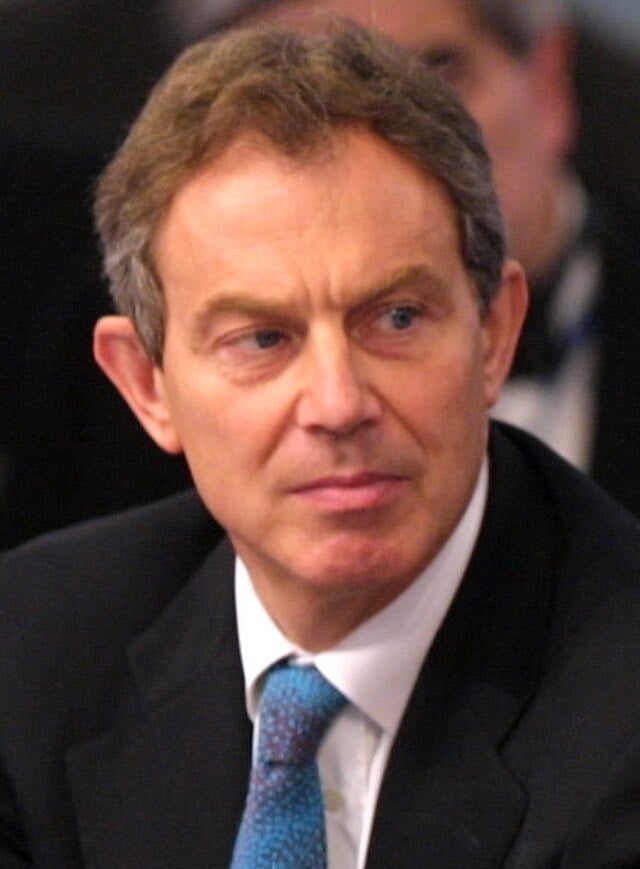A senior Hamas official has refused Donald Trump’s proposal to have a Board of Peace transitional administration which will oversee post-war Gaza.
The board would be headed by the US President himself and former Prime Minister Tony Blair.
Hamas official Osama Hamdan, who has been involved in previous negotiations between the terrorist group and the US, said no Palestinian faction would ever accept such a plan.
All the factions, including the Palestinian Authority, reject this, he told a local Qatar television network on Thursday.
A ceasefire has been agreed by Israel and Hamas in Gaza which will allow for the release of the remaining hostages held inside the strip in exchange for hundreds of Palestinian prisoners.
The plan, unveiled by Mr Trump on 29th September, also called for post-war Gaza to be governed by a transitional authority, including himself and Sir Tony Blair.
Mr Trump did not address the spokesman’s refusal during his live-streamed cabinet meeting on Thursday.
However, he said disarmament would be part of the second phase of the agreement. Israel has insisted that Hamas needs to give up its weapons.
There will be a disarming, the US President said.
He added that Israeli forces would be required to conduct pullbacks as well, suggesting a phased withdrawal from parts of the territory.
Discussing the prospect of a two-state solution, Mr Trump said he would follow whatever was ultimately agreed between the parties.
I don’t have a view. I’m going to go with what they agreed to, he said.
Mr Trump said the possibility of a Palestinian state would be looked at in time.
We’re going to see how it all goes, he said on Thursday evening during a bilateral meeting with Finland President Alexander Stubb.
There’s a point at which we may do something that would be a little bit different, and maybe very positive for everybody.
We’ll be looking at that at the time. I think we will get there.
Mr Trump said Palestinians can expect that we’re going to create something where people can live.
We’re going to create better conditions for people, he added.
Exiled leader of Hamas, Khalil al-Hayya, told the Palestinian people in a speech that Israel and Hamas had reached an agreement to end the war and the aggression against our people.
He also said Hamas had received guarantees from the US, Arab mediators and Turkey that the war had ended for good.
The hostage and prisoner releases were outlined in a multi-step process where the Israeli Defence Forces would begin pulling its forces back once Israel’s cabinet had approved the plan.
After it withdraws to an agreed line, which would see Israel in control of about 53 per cent of the Gaza strip, Hamas would be required to release the 48 hostages within 72 hours.
The process will start with the 20 who are believed to still be alive and handed to the Red Cross.
The Palestinian prisoners will be released after the 72-hour period has elapsed.
The involvement of Tony Blair in the proposed transitional authority has raised eyebrows given his controversial legacy in the Middle East. The former Labour Prime Minister served as the Quartet Representative for Middle East peace from 2007 to 2015, a role that saw mixed results.
Blair has maintained business interests in the region and has been criticised by some Palestinian groups for being too closely aligned with Israeli interests. His inclusion in Trump’s proposed board may have contributed to Hamas’s swift rejection of the plan.
The concept of a Board of Peace represents an unusual approach to post-conflict governance, with Trump positioning himself as a direct overseer of Gaza’s transition. Such a structure would effectively place the territory under international trusteeship, bypassing traditional Palestinian governance structures.
Hamas’s rejection, backed by other Palestinian factions including the Palestinian Authority, suggests deep resistance to any arrangement perceived as external imposition. The Palestinian Authority, which governs parts of the West Bank, has long sought to reassert control over Gaza but would likely oppose any mechanism that marginalises Palestinian self-governance.
The ceasefire agreement itself represents a significant breakthrough after months of devastating conflict. The war, which began in October following Hamas’s attack on Israel, has killed tens of thousands of Palestinians and caused widespread destruction across Gaza.
Israel’s insistence on Hamas disarmament remains a central sticking point for any long-term settlement. Hamas has historically refused to relinquish its weapons, viewing them as essential to resistance against Israeli occupation.
The phased withdrawal plan, with Israel retaining control of more than half of Gaza even after initial pullbacks, is likely to prove contentious. Palestinian groups have consistently demanded full Israeli withdrawal from the territory.
Trump’s flexibility on the two-state solution marks a shift from traditional US policy, which has long supported the creation of an independent Palestinian state alongside Israel. His comments suggest a more open-ended approach to final status arrangements.
The guarantees Hamas claims to have received from the US and regional mediators regarding a permanent end to hostilities will be crucial to maintaining the ceasefire. Previous agreements have collapsed amid disputes over implementation and mutual accusations of violations.
The hostage release mechanism, prioritising those still alive, reflects the grim reality that some captives may not have survived their captivity. The exchange of Palestinian prisoners for Israeli hostages has been a feature of previous agreements between Israel and Hamas.
As the ceasefire takes effect, attention will turn to humanitarian relief efforts and the massive reconstruction challenge facing Gaza. The territory’s infrastructure has been devastated, with homes, hospitals and essential services destroyed.
Follow for more updates on Britannia Daily



